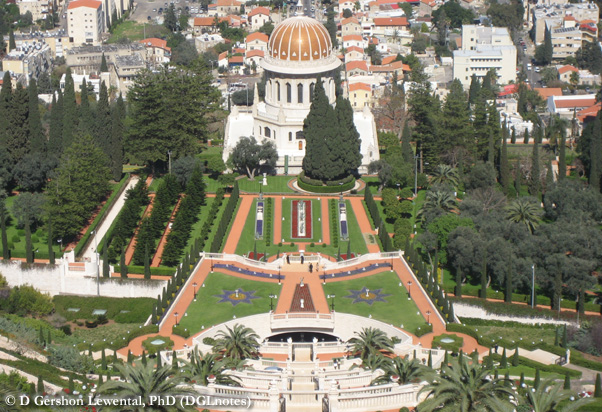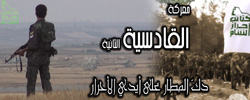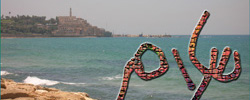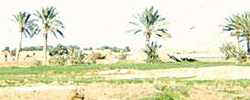DGLnotes: Studies on history, culture, and identity
This website is currently under construction.
Welcome to DGLnotes! I am a cultural historian of the Middle East, focusing on how societies use religion, memory, and conflict to define and maintain their identities. I am a Senior Lecturer (Associate Professor) in the Department of Middle East Studies at the Ben-Gurion University of the Negev and have also taught at the University of Oklahoma (since 2012) and the Hebrew University of Jerusalem (since 2023). Since 2015, I have also served as the Associate Editor of the Journal of Persianate Studies. In my publications and in my classes, I explore this theme in various chronological and geographical contexts, and the scarlet thread running through my research is an attention to shared heritages and historical continuities, which I find in what appear to be contradictory narratives or unconnected cultures through a comparative and transnational approach. My primary academic interests are in Iranian and Persianate history, early Islamic historiography, modern Central Asia, Middle East minorities, and Israeli society. I completed my doctorate on the Battle of al-Qādisiyyah, during the Arab-Muslim conquest of Iran and its changing perceptions through time. (Please click here for a brief professional biography.)
On this website, I aim to host an ongoing discussion of various aspects of scholarship on the Middle East, focusing mainly on matters of identity and memory. Information about my publications, academic presentations, public talks, and more can also be found on this website. Please use the menu bar at the top of each page to navigate the website and please share your comments through the feedback tools.
Notes and studies
Bahāʾī studies section







